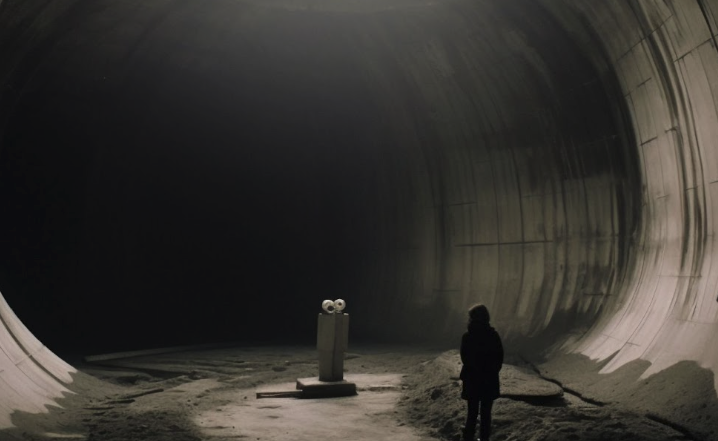Introduction
Utility strikes are preventable. The difference between a safe day and a crisis is a sequence of decisions made before the first excavation. This article lays out a practical checklist that Fort Myers crews can use to reduce the risk of hitting Underground Utilities and keep work moving.
Pre-job planning and verification
Before mobilizing, gather all available records, as-builts, and prior locate reports. If the records conflict, treat the area as high risk and require verification. Arrange a utility locate by a qualified provider and request a confidence rating for each marked line.
Site briefing and communication
Hold a focused pre-work meeting with all trades where utility locations and high-risk zones are reviewed. Make sure the superintendent points out known congested corridors and explains stop-work protocols. Communication reduces assumption-based digging.
Use the right exposure method
Match the method to the risk. For critical lines and congested zones use vacuum excavation or controlled hand digging for final exposure. Mechanical excavation can be used at safe distances but stop and verify as you approach marked lines.
Maintain clear physical controls
Keep utility markings visible and refresh them daily if needed. Use physical barriers and signage around exposed utilities so machine operators and subcontractors can see them at a glance. Visual cues prevent accidental encroachment.
Assign a utility spotter
Designate a competent person on site to watch for exposures and to coordinate with operators. The spotter should have authority to stop work immediately if they see an unsafe approach or an unmarked line.
Stop-work and verification protocol
If a crew finds an unmarked or unexpected utility, stop work immediately, secure the area, and notify the superintendent and utility owner. Do not assume the line is inactive. Confirm ownership and get direction before proceeding.
Document exposures and updates
When a utility is exposed, document depth, material, and owner. Update the as-built map the same day and circulate that update to affected trades. Quick updates prevent repeat strikes by later crews.
Manage third-party locates and contractors
If multiple contractors work in sequence, require each to confirm utility conditions before they begin. Make third-party locates part of the contract requirements and enforce standards for verification.
Prepare for emergency response
Keep emergency contacts for utility owners and local emergency services near at hand. Run a short drill so crews know who to call and what to do if gas or high-voltage lines are damaged.
Review and learn from near-misses
Track near-misses and small incidents and review them in weekly planning meetings. Use those reviews to adjust routes, update maps, and improve spotter assignments. Continuous learning reduces future strikes.
Conclusion
Preventing utility strikes is a combination of preparation, communication, and decisive action. Use the checklist: verify records, brief crews, choose exposure methods carefully, stop when in doubt, and document changes. That approach keeps Fort Myers Underground Utilities projects safer and more predictable.

















Add comment